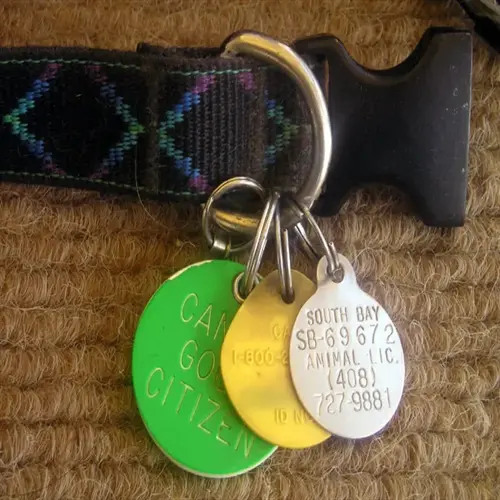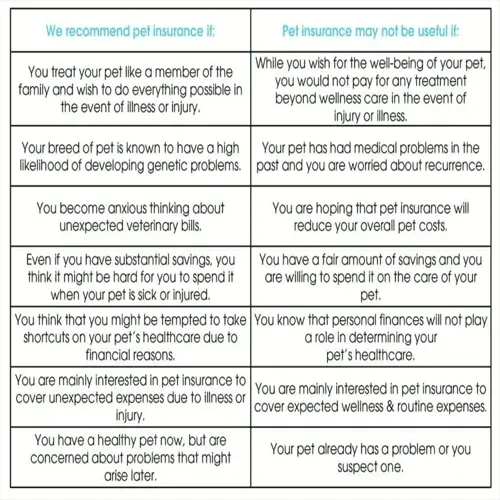How do I choose tools for different pet coat types?

Written by
Robert Brown
Reviewed by
Prof. Henry Webster, Ph.D.It is imperative that the correct pet grooming tools are selected according to the particular structure of the pet's coat. Each coat has its own needs that cannot be met with generic tools. After being a professional groomer for a period of twelve years, I see the effect of improper tools as far as pulling, skin irritations, and unevenness of cuts are concerned. There is no end to the good results that can be obtained in pet grooming by using the proper equipment in accordance with the condition of the coat.
Double-Coated Breeds
- Undercoat rakes with 2cm spacing remove loose fur
- High-velocity dryers blow out dead undercoat effectively
- Slicker brushes with 1.2mm angled pins prevent matting
- Avoid shaving below 6mm protecting insulation
Curly Coats
- Dematting combs with micro-serrated edges untangle knots
- #30 blades for sanitary areas prevent irritation
- Curved shears contour body shapes safely
- Pin brushes maintain curl definition
Wiry Coats
- Stripping knives maintain coat texture
- Rubber curry brushes distribute natural oils
- #7F blades for tidy face trims
- Avoid clippers preserving protective qualities
Safety needs vary by coat type. Guards to avoid damage to guard hairs are necessary with double coats. Curly types need rounded tips, keeping out of skin folds. With wiry coats, tools are required to protect the natural texture. It is a good idea to test out equipment on small areas before using it on larger surfaces to see if there is any pulling or discomfort. Protective features are necessary to help avoid groom injuries.
Utilize the tools properly to get large results. Remove undercoats first using rakes and not brushes. Second will come clipping, while not going too short. Follow that up with shears for detailing. This sequence will not damage different tools so that you can do an effective grooming job, and the pets will be more comfortable. Good progressions will then mean that it is possible to reduce grooming time.
Plan your capital wisely and invest in the necessary tools first. Purchase some good quality curved shears for the various coat types. Additional specialized equipment, such as stripping knives, etc., can be purchased at a later date. In many cases, medium-priced professional equipment will be much more efficient when properly treated than anything expensive. Seek versatility, durability, and quality rather than well-known name brands.
Tools are maintained differently based on coat applications. Blades used for wiry coats should be honed weekly. Tools used on double coats should be cleared of hair daily. Tools should be cleaned after each use to prevent the transmission of disease from one pet to another. Proper care will help ensure consistent performance on all types of coats.
Read the full article: 10 Must-Have Pet Grooming Tools for Pros

